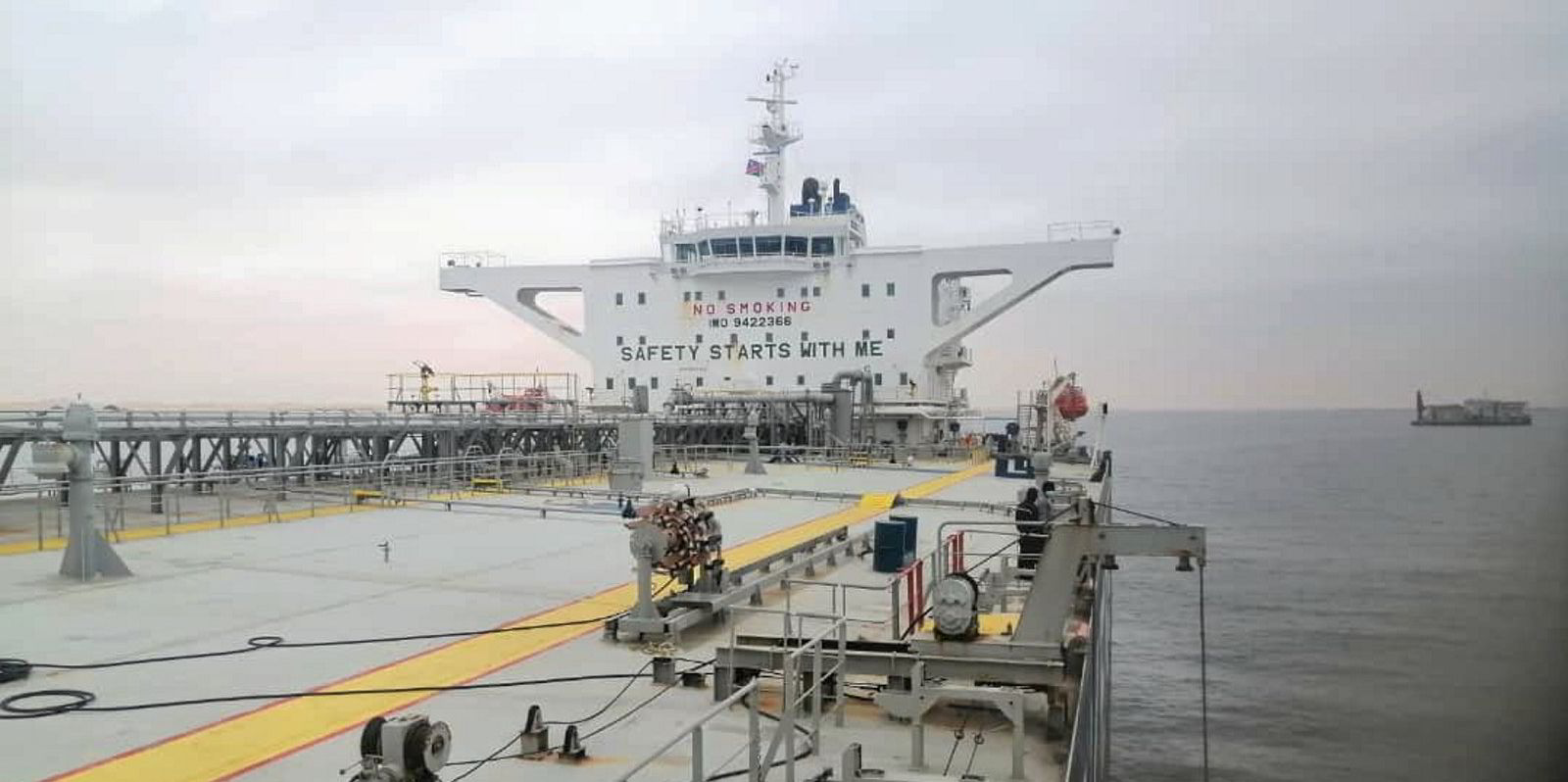VLCCs look set to be the main beneficiaries of a new oil boom in Namibia, US broker Poten & Partners believes.
“In the not-too-distant future, hydrocarbons (mainly oil, but there is significant potential for gas as well) will … become a major economic driver for Namibia,” the New York shop said.
Four drilling rigs are now operating in Namibian waters and the consensus seems to be that in terms of exploration, the oil companies have only scratched the surface of the hydrocarbon potential in the country, Poten added.
Based on current discoveries alone, Namibia could produce 500,000 barrels per day within a decade and more than 1m bpd on a longer-term basis, the company calculates.
“The future implications for the tanker market of the oil exploration developments in Namibia are encouraging,” the brokerage added.
There is no domestic refining capacity in Namibia, so all crude oil production will be exported, it argues.
These new barrels can replace declines in Nigeria and slowdowns in Angola, Poten said.
Most of the future oil demand growth will be concentrated in Asia, so Namibian exports will generate ample tonne-mile demand, the broker believes.
“Based on recent experience, more crude oil exports from West Africa will mostly benefit VLCCs and suezmaxes. With no loading restrictions in Namibia, VLCCs will likely be the main beneficiaries,” the company added.
Big names in the mix
Oil companies are already moving in.
TotalEnergies, Shell and Portugal’s Galp Energia have all made major discoveries in deep waters off the west coast.
Others such as ExxonMobil and Chevron also control acreage in the region.
“Towards the end of this decade, Namibia will likely become a sizeable oil producer and exporter, providing significant employment opportunities for crude oil tankers,” Poten said.
Some analysts have likened Namibia’s potential to Guyana, South America, which has grown to export more than 600,000 bpd, mainly to Europe and Asia.





